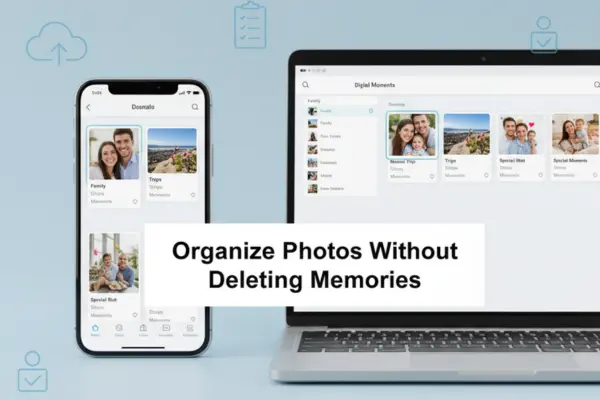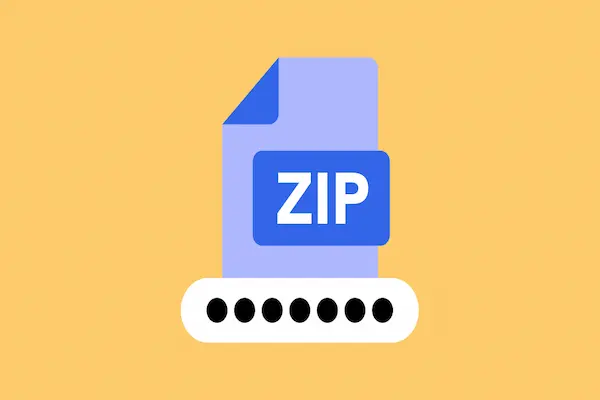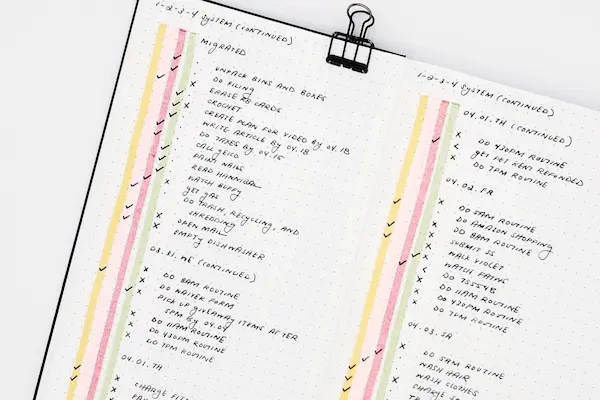Discover how to organize photos without losing special moments. Learn practical tips to keep your memories safe, and clutter-free.
Nowadays, we all have thousands of photos stored.
They are on our phones, computers, flash drives, and even in different cloud accounts.
These are unique records of our lives: family, trips, achievements, and small moments that deserve to be remembered.
But the problem is that this huge amount of images often turns into digital clutter.
And when we need to find one special picture, it feels impossible to locate it among so many others.
That’s why it’s so important to learn how to organize photos in a practical way — without deleting meaningful memories.
With a few simple strategies, you can bring order to your folders, free up device space, and preserve each memory at the same time.
In this article, we’ll show you step by step how to organize photos in a light, human, and efficient way.

Understanding how to organize photos
Before diving into thousands of pictures, it’s essential to understand the deeper purpose of organizing them.
It’s not just about “tidying folders” or deleting what looks repetitive.
In reality, organizing photos means building a system that guarantees easy access to your memories, protects them from accidental loss, and gives you peace of mind when you want to revisit important moments.
When you approach photo organization with this mindset, the process feels less like a chore and more like an act of care for your memories.
It’s about creating order without erasing what matters most.
A good strategy balances simplicity and efficiency, ensuring that you’ll actually use it consistently over time.
- Organization doesn’t mean exclusion — it means categorization, so you can keep everything meaningful without chaos.
- A good system needs to be simple, accessible, and practical, so you don’t waste time with overly complex setups.
- The goal is to reduce confusion and increase clarity, making it quick to locate any memory you’re looking for.
- Technology should work for you, not against you, so use the right tools to make the process lighter and more intuitive.
- Emotional value matters too, so create categories that reflect moments in your life, not just dates and folders.
When you understand this, organizing photos becomes more than digital cleaning — it turns into a way of honoring your memories while making your daily life easier and more organized.
Benefits of how to organize photos
When you learn how to organize photos, the impact shows up immediately in your daily life.
The process goes beyond “tidying up folders.” It delivers practical gains, emotional relief, and a new way to enjoy your memories without frustration.
Because, let’s face it: dealing with photos is also about dealing with feelings — every picture holds a story, a person, or a moment that you don’t want to lose.
By bringing order to this digital chaos, you make space not only on your devices but also in your mind.
Here are some of the most important benefits:
- Faster access to important images – no more endless scrolling to find that one special picture, since everything is labeled and stored logically.
- Less stress when searching for memories – you save time and avoid frustration, knowing exactly where to look.
- More storage space without losing memories – by removing duplicates and organizing backups, you free up room on your phone and computer.
- Safer backups to protect your collection – with files categorized and stored in different places, you reduce the risk of losing precious records.
- More joy in revisiting moments – with photos neatly organized, it becomes easier and more pleasant to relive your favorite times.
- Improved sharing with family and friends – when pictures are categorized, you can share albums instantly instead of sending messy folders.
- Peace of mind – a clean and structured photo library reduces the mental overload caused by digital clutter.
In short, organizing your photos is not just a productivity tip — it’s a way to preserve your history, reduce stress, and make every memory easier to revisit whenever you want.
Common challenges in how to organize photos
Of course, organizing photos isn’t always as simple as it looks.
The sheer volume of images, combined with the emotional value we attach to them, often creates obstacles that discourage many people from even starting.
However, every challenge has a practical solution, and with small, consistent actions, it’s possible to regain control of your photo library.
Here are the most common difficulties and how to deal with them:
- Too many duplicate photos – It’s very easy to take multiple shots of the same scene. Over time, this fills your storage unnecessarily. The solution is to use apps that scan for duplicates and help you safely delete repeated or blurry files without risking your memories.
- Lack of time – Many people postpone photo organization because they imagine it will take hours. Instead, start with short 15-minute sessions. By progressing gradually, you’ll build a habit and still make steady progress without feeling overwhelmed.
- Photos scattered across devices – Phones, computers, memory cards, and even social networks store pictures separately. Consolidating everything in one main location, such as a cloud service or a dedicated hard drive, ensures you won’t lose track of your collection.
- Fear of losing memories – This is one of the biggest reasons people avoid deleting or moving files. To overcome it, always back up your photos before making changes. Keep at least one copy in the cloud and another on an external device for extra security.
- Difficulty choosing categories – Sometimes the hardest part is deciding how to group photos. The best approach is to keep it simple: create folders by year, month, or major events. This structure makes searching faster and keeps everything intuitive.
By addressing these challenges step by step, you’ll see that organizing photos doesn’t have to be stressful.
In fact, with the right mindset and tools, it becomes a rewarding process that allows you to relive memories more easily and protect them for the future.
Tools and apps for how to organize photos
Technology makes photo organization much easier today.
There are free and reliable apps that help you put your collection in order without complication.
| Tool | Where to use | Main function | Best for |
|---|---|---|---|
| Google Photos | App & Web | Automatic backup and search | People with everyday phone photos |
| Apple iCloud | iOS & Mac | Native synchronization | iPhone and Mac users |
| Microsoft OneDrive | App & PC | Secure storage | People who use Office |
| Amazon Photos | App & Web | Unlimited storage (Prime) | Amazon Prime subscribers |
| Mylio | App & Desktop | Offline organization | People who want privacy and control |
How to organize photos step by step
Organizing photos may seem overwhelming, but it gets much easier if you follow clear steps.
- Gather everything in one place. Move pictures from phones, memory cards, and hard drives into a main folder.
- Create logical categories. Organize by years, months, or important events.
- Remove duplicates. Use apps that automate the cleaning.
- Add clear names. Folders like “2019_BeachVacation” make searching easier.
- Use tags or albums. In cloud apps, mark photos with keywords.
- Make backups. Keep copies in the cloud and on an external hard drive.
- Keep a routine. Set a monthly time to review and update your library.
How to organize photos on your phone
The phone is where most of our photos pile up.
And it’s also where disorganization feels the worst.
With a few small actions, you can keep your gallery neat.
- Delete screenshots you no longer need.
- Create albums by theme: family, trips, work.
- Use the “favorites” feature for the most special images.
- Turn on automatic backup to avoid losing everything.
How to organize photos on your computer
Computers are perfect for storing large collections.
But without a method, they become chaotic, filled with random folders and loose files.
- Use one root folder called “PHOTOS” and organize everything inside it.
- Separate by year, then by month or event.
- Use clear names: “2022_Maria_Birthday.”
- Take advantage of programs like Windows Photos for quick previews.
How to organize photos in the cloud
Cloud storage is safe and convenient for those who fear losing pictures.
Besides freeing up phone memory, it lets you access images anywhere.
- Google Photos and iCloud are simple, automatic options.
- Create albums and use keyword search features.
- Set up synchronization so you don’t need to move files manually.
- Always check if backups are working correctly.
How to organize photos with family sharing
Often, photos aren’t just yours.
Sharing moments with family is one of the biggest reasons to keep things organized.
- Use shared albums in Google Photos or iCloud.
- Create family folders in services like OneDrive or Dropbox.
- Decide who can add and who can only view.
- Encourage everyone to follow the same naming and dating pattern.
How to organize photos without losing memories
Perhaps the biggest fear when organizing photos is deleting something special.
But it is possible to save space without losing your memories.
- Move duplicates into an “Extra” folder before deleting.
- Always keep two copies of important photos in different places.
- Don’t delete old pictures just because they seem “useless” — store them in archive folders.
- Use external hard drives as memory safes.
Best practices for how to organize photos
To make photo organization a lasting habit, follow these best practices:
- Spend 15 minutes a week reviewing new pictures.
- Create a consistent naming pattern and stick to it.
- Always keep at least two backups — one in the cloud and one physical.
- Use tags and search tools to save time.
- Teach family members to follow the same system.
Compliance and transparency
This article is for educational purposes and aims to teach how to organize photos in a practical and safe way.
We have no affiliation, partnership, or control over any of the apps, brands, or platforms mentioned.
The information here is general and should be adapted to your personal needs.
Our goal is to provide reliable, safe content aligned with Google’s compliance and best practice guidelines.





